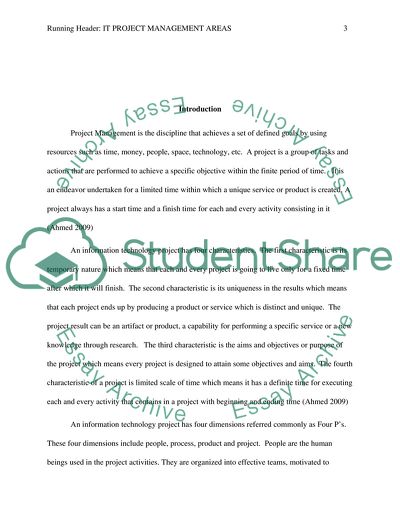Cite this document
(Software Project Management Term Paper Example | Topics and Well Written Essays - 2250 words, n.d.)
Software Project Management Term Paper Example | Topics and Well Written Essays - 2250 words. https://studentshare.org/information-technology/1762511-it-project-management
Software Project Management Term Paper Example | Topics and Well Written Essays - 2250 words. https://studentshare.org/information-technology/1762511-it-project-management
(Software Project Management Term Paper Example | Topics and Well Written Essays - 2250 Words)
Software Project Management Term Paper Example | Topics and Well Written Essays - 2250 Words. https://studentshare.org/information-technology/1762511-it-project-management.
Software Project Management Term Paper Example | Topics and Well Written Essays - 2250 Words. https://studentshare.org/information-technology/1762511-it-project-management.
“Software Project Management Term Paper Example | Topics and Well Written Essays - 2250 Words”. https://studentshare.org/information-technology/1762511-it-project-management.


